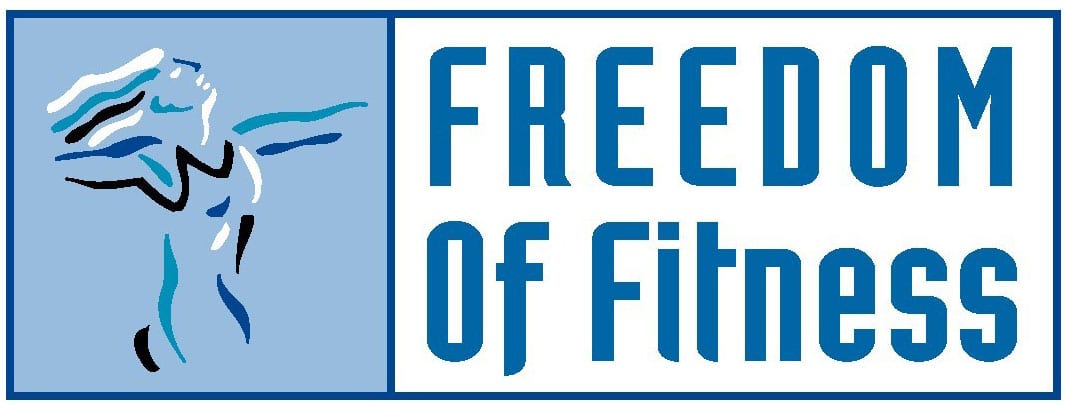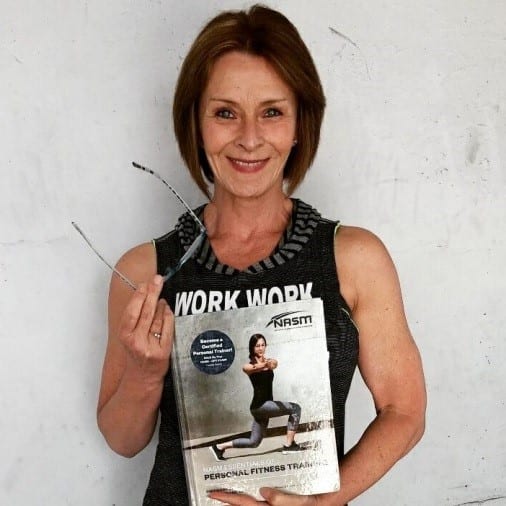
Post-competition: The 3rd Season: Building Your Body Year ‘Round
By Sandra Blackie, B.A., N.A.S.N., A.F.A.A., I.F.B.B. Pro Bodybuilder, 3 x Ms. Olympia Contender
As a retired, I.F.B.B. Professional Bodybuilder, certified Sports Nutritionist, and Personal Trainer for the past 32 years, I have discovered that there are more than two seasons to building your competitive body.
All competitors can be better by living the lifestyle, year ‘round. There are three seasons for the competitive athlete: Off-season, Pre-contest and Post-competition training for bodybuilders.
As competitors, whether it is bikini, figure, physique, or bodybuilding, we all want to maximize our competitive experience. Most of us compete because we love the sport and aim to improve at every show. By living three seasons, instead of two, I know that incredible gains can be made and set backs can be minimized..
Off-season:
During this phase of training, the goals are to: a) bring up our overall muscle mass, b) develop our weaker or under-developed muscle groups, and c) keep body fat at healthy, sensible levels, as we grow.
There are a wide variety of methods in which to do this and most trainers, with competitive experience, can choose the methods that are right for you.
As for how to eat in your off season, this is time to grow, so consume the right nutrients; lean animal protein, healthy starches & grain, and of course your fruits, veggies, and healthy plant fats. It is a time to be in “positive nitrogen balance” and eat enough calories to increase lean body mass, without adding excessive amounts of body fat. Off-season athletes that make the mistake of “bulking up” (too much fat over your muscle) usually have to diet harder & do more cardio, during the pre-contest time.
Pre-contest:
This is a time to focus on reducing body fat to competitive levels, while retaining all the muscle gains you created in your “off-season”. It is a time when calories are lowered, cardio increases and the gym becomes your second home! Give yourself enough time in this phase. There are lots of shows. I suggest only one pound of fat lost, per week, for most competitors. I measure my clients’ body fat percentage, learn how many pounds of fat are on their body that they need to lose, and choose a show that gives them enough time to diet slowly, so they don’t lose muscle. If the athlete has 15 lbs to lose, I plan a pre-contest phase of 15 weeks, minimum.
Post- competition:
This can be the best time for positive change! No, this is not “pigging out” after the show. Nor is it time to regain all the body fat you lost before the show. It is a time to gradually re-introduce responsible, off season eating, back into your program & gradually reduce activity levels.
Right after a show, usually our “muscle- to –fat” ratio is high, meaning that our metabolically active tissue (muscle) is high and that our pounds of fat are low. The body is typically tired, possibly over-trained and often under-fed. It is easy to over-eat, after a show, because we have been deprived of calories, carbs and our favorite foods, especially if we had to lose a lot of fat in a short period of time. Emotionally, it is hard to resist the “treats” but, if you do, you can make incredible gains.
To focus on Post-competition training for bodybuilders, here are a few concepts have to be put in place to make good muscle gains without gaining unnecessary amounts of body fat.
- If your hours of cardio were high, you must gradually “back off” on the time you spend on these activities. Too often, athletes stop 100%, which results in a drastic change in caloric expenditure. If you were doing cardio, daily, back off to 4-5 times a week, then less and eventually, none.
- Keep taking your supplements, however, back off on the ones you may not need in your off-season. For example, you do not need BCAAs if your carbs are moving back up to “normal” levels”. If you are bringing dairy back in, cut back on your calcium supplements. Always keep a good quality multi-vitamin in your program.
- Weight training time & intensity should decrease, gradually, to increase recovery time. Use a medium repetition range (10-12), no forced reps or crazy intensity. Your body has been through a lot. Time to let injuries heal If you have any) and over-trained muscles, recover. This time frame varies from person to person. Once the body has recovered, intensity has to increase to maximize your gains in the off-season.
- If you have been on a calorie restricted diet, with low carbs and possibly, low fat, these nutrients need to come back into the diet. No one can live on a low carb diet. It does not support growth or optimal health. Low carb diets promote dehydration, low energy, poor performance, constipation, moodiness, and a plethora of other uncomfortable and health-threatening side effects.
- Bring calories up by about 150-300, per day, for 1-2 weeks. See what your weight does. If you still look lean and your body fat has not increased, increase it again, and again, weekly, until you notice your cuts fading, slightly. Stop increasing your calories & let your body adapt to an off-season amount that supports muscle growth, but not so much that fat accumulates, unnecessarily. If you increase your body fat, too much, you have to work harder during the pre-contest phase.
- Add variety back in. There are 10 Leader Nutrients: protein, carbs, fat, vitamin A, vitamin C, iron, calcium, thiamine, niacin, & riboflavin. Most pre-contest athletes have NOT been getting all their nutrients in food. If you were only eating rice, oatmeal & sweet potatoes, why not bring in potatoes, quinoa & legumes? If you didn’t have any fruit for weeks, bring in the low glycemic fruits, first, like berries, apples and pears. If all you ate were almonds, avocado & organic peanut butter, bring in olive oil, seeds and other nuts, in moderation. Have fun with healthy variety. Stick to “foods from Mother Nature”.
- Avoid over doing wheat products, man-made foods, dairy, sugar, alcohol & too much fat. If you do add too much of these, too soon, you may experience digestive complaints, excessive water retention, and/or bloating. Know that sugar is an appetite stimulant. If you must indulge, do so in moderation and never on an empty stomach.
- Your protein may not have to increase, initially. Usually, during the pre-contest phase, it is pretty high. Some competitors may even have to lower their protein intake to make room for the other foods they are bringing back in their diet.
- Pigging out after a show may be fun but, from experience, I know the aftermath can be damaging, both physically and emotionally. Not only are digestive complaints a given but the water retention can actually hurt. After a show in 1991, I overdid it and my legs were so swollen, my ankles were as big as my quadriceps and all my joints ached.
- Emotionally, watching all of your hard-earned cuts fade away can be depressing. After a show, athletes often experience the “post-contest blues”, too. We spend so much time working on the goal and suddenly, win, lose or draw, it’s over. So much time to fill up with other projects, but for some, they don’t know how to fill up that time. This is a “double-whammy”, psychologically speaking. Post-contest is a time to bring balance back into your personal life.
If you avoid gaining excessive amounts of body fat, after a show, you will make great gains moving into your off-season, you will see your changes, and you won’t have to diet as strictly or overdo the cardio next time you choose to compete.
I’ve coached many competitors over the last 32 years and followed these guidelines, towards the end of my competitive career. As an I.F.B.B. Pro Bodybuilder, I was able to compete at a ripped 151 lbs. compared to 141-145 lbs., when I was yo-yo dieting. My muscle gains were incredible! As a Figure competitor, I didn’t have to do any cardio and placed top 3, every time.
If you are interested in learning more, please contact me at [email protected] or call 619-977-5779. Website: www.freedomoffitness.com.


